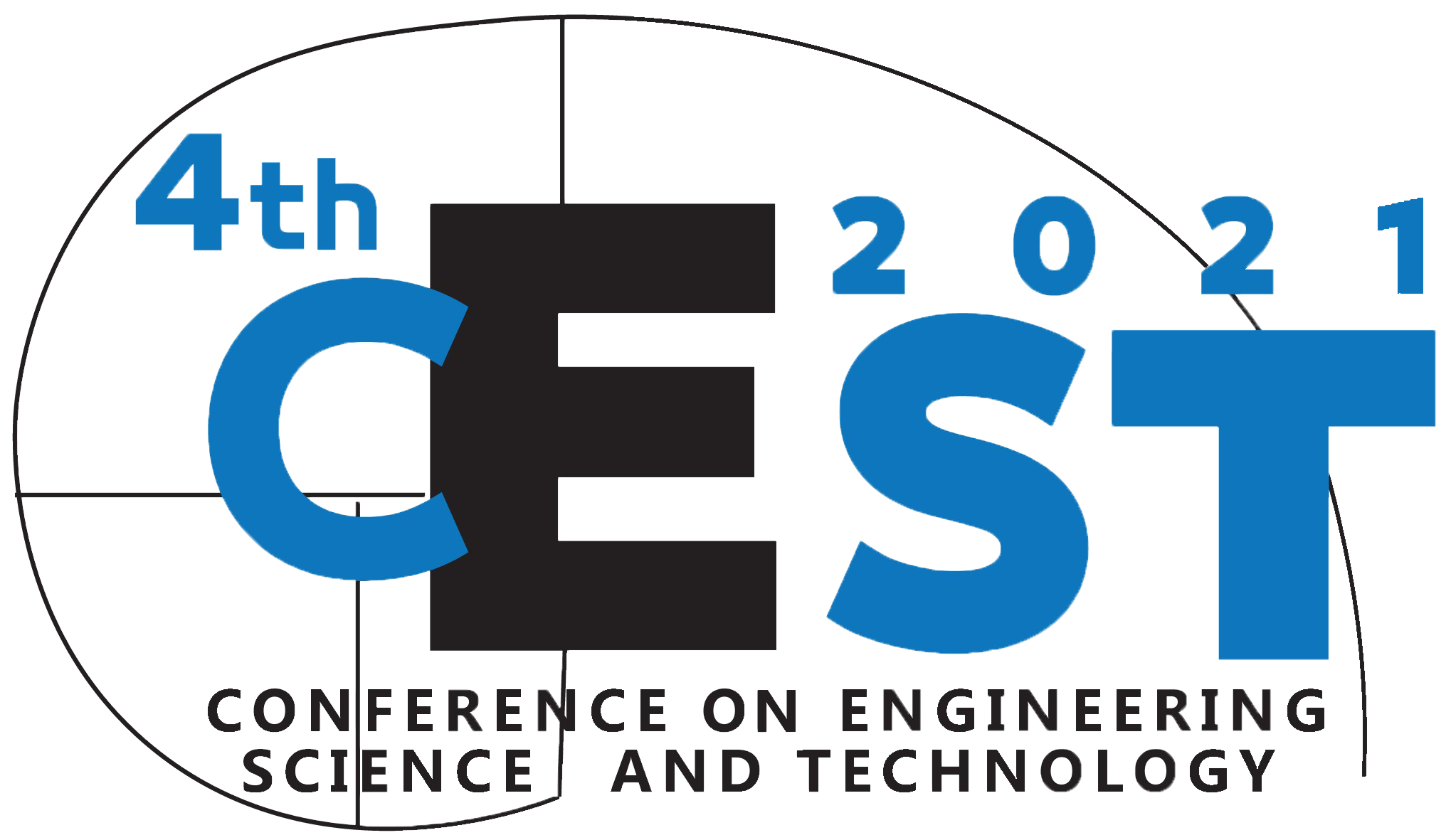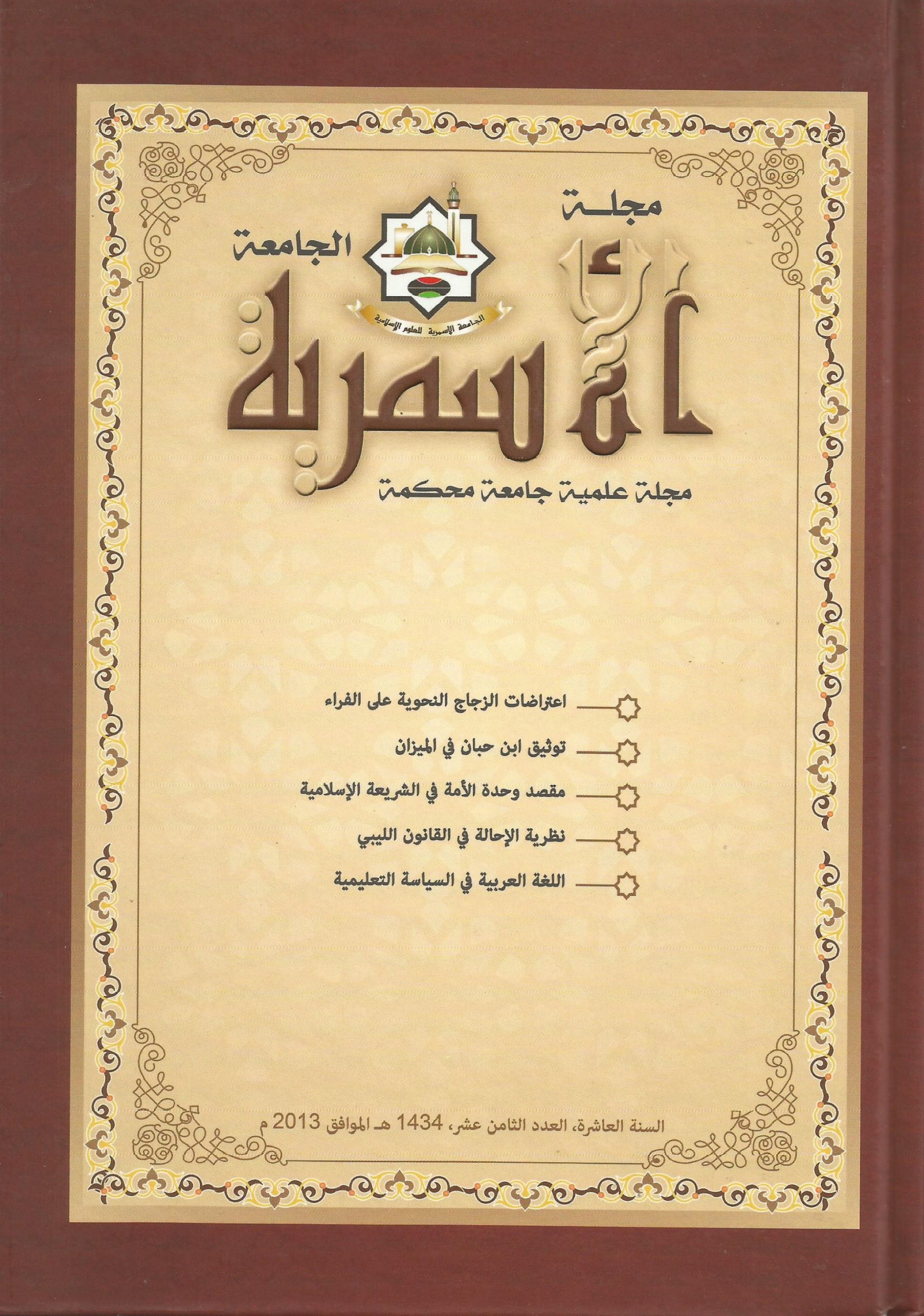SIMULATION OF THE EFFECT OF RACKS ON COILED TUBING USING ANSYS
،،،
Keywords:
Mechanical properties, Stress intensity factor, cracks, Striations, Coiled tubing, AnsysAbstract
One of the main causes of failure and breakdown Coiled Tubing (CT) is often cracks. In this study, the Stress Intensity Factor (SIF) was found using ANSYS program and it was compared with the Stress Intensity Critical Factor of (CT). This is to determine the extent to which pipes that carry small cracks can be used or not. Simulations were carried out on CT-130 Coiled Tubing containing cracks. A relationship is plotted between and (a/t). The results obtained were identical with the results of the research ( Cassa, A. M. (2010), ) Alshoaibi, A. M. (2019). The results of the tensile and bending strength on samples bearing transverse cracks show that the use of loads more than 60 KN and crack depth greater than 35% of the wall thickness causes the pipe to enter the plastic area, where the possibility of collapse is high. In the case of longitudinal faults, they are considered more stable, as the results show that the bearing strength reaches 150 KN when the fault depth is less than 35%. On the other hand, it can be said that a collapse of the tube occurs when . At levels where it is the material will deform plastically to absorb the applied force. The pipe can be operated in conditions where taking into account a safety ratio of not less than 20%
Downloads
References
Padron t, craig sh. Past and present coiled tubing string failures - history and recent new failures mechanisms spe/icota coiled tubing and well intervention conference and exhibition. Spe 189914-ms 2018. DOI: https://doi.org/10.2118/189914-MS
Boumali a, brady me, ferdiansyah e, kumar s, van gisbergen s, kavanagh t, ortiz az, ortiz ra, pandey a, pipchuk d and wilson s: “coiled tubing: innovative rigless interventions,” oilfield review 17, no. 4 (winter 2005/2006): 29–41.
Coiled tubing manual , tes, nov ctes 2013, 3770 pollok drive conroe, www.nov.com/ctes.
Liu bing, et al. Mechanical properties of a coiled tubing blowout preventer ram in the shearing process. Natural gas industry b 6 (2019) 594e602. DOI: https://doi.org/10.1016/j.ngib.2019.04.005
Al Laham, S. and S. I. Branch (1998). Stress intensity factor and limit load handbook, British Energy Generation Limited.
Tada, P. (2001). Paris, and GR Irwin. The Stress Analysis of Cracks Handbook: 2.25. DOI: https://doi.org/10.1115/1.801535
Nariman Saeed. PhD Thesis. Composite Overwrap Repair System for Pipelines –Onshore and Offshore Application. The University of Queensland,2015
Benaros, M., & Alhwaige, A. A. Modeling and Simulation for Utilisation of Chitosan-Polybenzoxazine Crosslinked Polymers for Pipeline Transportation of Crude Oil.
Anderson, T. L., 1995, .Fracture Mechanics, Fundamentals and Applications., CRC, Ch. 9.
Saxena, S., and Ramachandra Murthy, D. S., 2007, .On the Accuracy of Ductile Fracture Assessment of Through-Wall Cracked Pipes. Eng. Struct., 29, pp. 789–801. DOI: https://doi.org/10.1016/j.engstruct.2006.05.024
J. Wainstein, J. Perez Ipina, Fracture Toughness of HSLA Coiled Tubing Used in Oil Wells Operations, Journal of Pressure Vessel Technology February 2012 DOI: 10.1115/1.4004569. DOI: https://doi.org/10.1115/1.4004569
Гидан, С. Б., Бен, А. М., Кудашев, Р. Р., & Наумкин, Е. А. (2012). Оценка состояния гибких насосно-компрессорных труб с применением численных методов расчета. In Развитие инновационной инфраструктуры университета (pp. 24-26).
Гидан, С. Б., Бен, А. М., & Наумкин, Е. А. (2012). Оценка усталостной прочности материала гибких насосно-компрессорных труб. In 63-я научно-техническая конференция студентов, аспирантов и молодых ученых УГНТУ (pp. 266-267).
Liu, Y., Xian, L. Y., Yu, H., Li, H. B., & Wei, F. (2019). Properties of CT130 Grade Coiled Tubing. In Materials Science Forum (Vol. 944, pp. 1082-1087). Trans Tech Publications Ltd. DOI: https://doi.org/10.4028/www.scientific.net/MSF.944.1082
Soboyejo, W. O. (2003). "11.6.2 Crack Driving Force and Concept of Similitude". Mechanical properties of engineered materials. Marcel Dekker. ISBN 0-8247-8900-8. OCLC 300921090.
Raju, I.S. and Newman, J.C., (1982), “Stress-intensity factors for internal and external surface cracks in cylindrical vessels”, Journal Of Pressure Vessel Technology-Transactions Of The ASME, 104(4), 293-298. DOI: https://doi.org/10.1115/1.3264220
Anderson, T.L., (1991), “Fracture mechanics: fundamentals and applications”, CRC Press, Boca4 Raton, Florida.
Vytyaz, O., Hrabovskyi, R., & Bezaniuk, Y. (2020). Assessment of danger of long term operated coiled tubing failure. AGH Drilling, Oil, Gas, 37(4).
Cassa, A. M., Van Zyl, J. E., & Laubscher, R. F. (2010). A numerical investigation into the effect of pressure on holes and cracks in water supply pipes. Urban Water Journal, 7(2), 109-120. DOI: https://doi.org/10.1080/15730620903447613
Sharan, G., Lakshminarayana, H. V., VS, A. K., & Viswanath, N. Stress Intensity Factors for Circumferential Through Wall Crack In A Cylindrical Shell With Tori-Spherical End Closures. structure, 1, 3.
Downloads
Published
Conference Proceedings Volume
Section
License
Copyright (c) 2021 منصور إبراهيم بن عروس

This work is licensed under a Creative Commons Attribution 4.0 International License.





